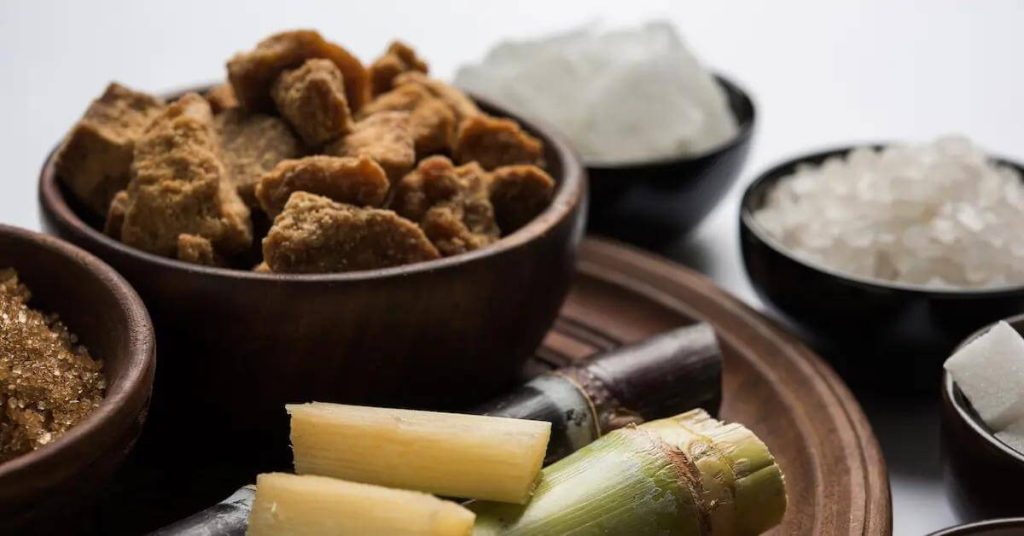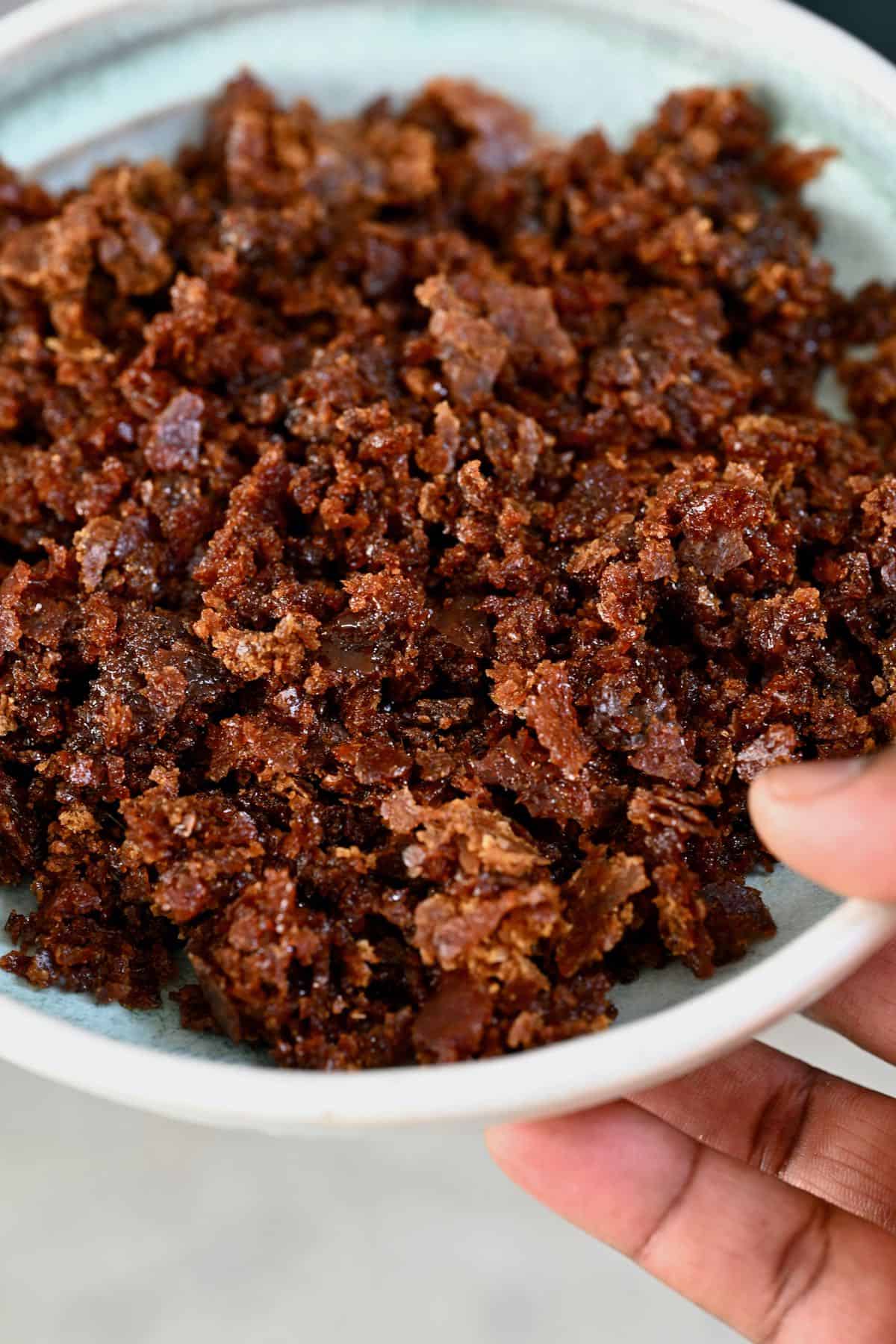Advanced Cane Sugar Processing: Enhancing Efficiency and Sustainability
Recognizing the Important Techniques and Technologies Used in Modern Walking Stick Sugar Processing
The development of walking stick sugar handling has actually been substantially formed by the assimilation of advanced methods and technologies that resolve both performance and sustainability. As we check out these important innovations, it ends up being necessary to take a look at how they not only enhance production but additionally line up with wider market patterns and consumer needs, elevating questions concerning the future of sugar processing and its effects for international markets.
Historical Context of Cane Sugar Processing
The historical context of walking cane sugar handling exposes a rich tapestry of agricultural development and cultural exchange that has actually shaped its development over centuries. Originating in Southeast Asia, sugarcane was grown as early as 8000 BCE - Cane Sugar Processing. The process of fine-tuning and extracting sugar obtained energy in India, where methods for crystallization were refined around the 6th century. This expertise traversed to the Center East, and by the 12th century, sugar ended up being a valued product in Europe, leading to the facility of sugar ranches in the Mediterranean.

Advanced Extraction Strategies
Efficiency in cane sugar removal has actually seen substantial developments, driven by the demand for greater yields and reduced production expenses. This technique not only enhances sugar yield yet likewise reduces the energy required for processing.
Additionally, the fostering of membrane layer purification technologies, such as nanofiltration and reverse osmosis, has revolutionized the separation of sugar from impurities. These approaches permit the careful permeation of sugar particles while keeping bigger pollutants, enhancing the removal procedure and lessening waste.
Additionally, the combination of constant extraction systems has resulted in improved functional performance. Cane Sugar Processing. These systems preserve a continuous circulation of walking cane product, making certain ideal extraction conditions and lowering downtime linked with batch processing
Ingenious Refining Technologies
Refining techniques in walking cane sugar handling have actually gone through a transformative shift, driven by the need for higher pureness and improved item quality. One of one of the most notable innovations is the fostering of membrane filtering technologies, such as ultrafiltration and nanofiltration. These procedures efficiently remove contaminations and colorants without the requirement for comprehensive chemical therapies, thus maintaining the sugar's natural taste and improving its allure.
An additional significant development is using ion exchange resins, which permit discerning removal of unwanted ions from sugar options. This innovation not just enhances the general pureness of the end product yet likewise adds to lowered waste and environmental effect.
Additionally, innovations in adsorption techniques, making use of turned on carbon and various other sophisticated materials, have actually proven efficient in decolorizing sugar options while keeping optimal high quality. The assimilation of these cutting-edge refining technologies guarantees that makers can generate polished sugar with superior quality and taste, meeting the developing preferences of consumers.
Automation and Control Solution
Recent innovations in refining modern technologies have actually led the way for substantial improvements in automation and control her comment is here systems within cane sugar processing facilities. These systems utilize advanced software program and equipment to boost functional effectiveness, minimize human mistake, and make sure regular item top quality.
Modern automation incorporates different elements, including sensors, actuators, and programmable reasoning controllers (PLCs), making it possible for real-time monitoring and control of important processes. For example, temperature level, pressure, and flow prices can be exactly controlled during removal, explanation, and formation phases, enhancing performance and lessening waste.
In addition, progressed data analytics and machine understanding formulas play a critical role in anticipating maintenance, allowing drivers to expect equipment failings before they occur. This proactive method not only lowers downtime yet likewise prolongs the lifespan of equipment.
Additionally, automation assists in the implementation of Industry 4.0 principles, encouraging sugar mills to accomplish greater connection and data exchange throughout processes. As an outcome, decision-making comes to be even more active and enlightened, eventually improving the total competitiveness of cane sugar production. With these advancements, the market is well-positioned to meet growing global demands while maintaining operational quality.
Sustainability Practices in Sugar Manufacturing
Sustainability methods in sugar manufacturing have actually become increasingly essential as the market looks for to balance economic feasibility with ecological responsibility. As customer understanding expands concerning the ecological influences of agricultural practices, sugar manufacturers are taking on cutting-edge methods to lower their eco-friendly footprint.
One substantial approach is the application of precision farming techniques, which utilize data analytics to enhance source usage, such as water and plant foods. This lowers waste and minimizes the effect on neighborhood environments. In addition, many producers are transitioning to renewable resource sources, such as biomass from sugarcane by-products, to power their operations, thus reducing reliance on fossil fuels.
Water administration methods are likewise critical; rain harvesting and effective irrigation systems assist reduce water shortage issues. Cane Sugar Processing. Additionally, integrated pest management techniques minimize chemical usage, promoting biodiversity and dirt wellness
Company social duty campaigns are arising, with companies buying local communities and guaranteeing fair labor practices. By embracing these sustainability techniques, the sugar industry not just boosts its reputation yet likewise adds to a much more sustainable agricultural landscape, paving the means for future generations.

Verdict
In recap, contemporary walking stick sugar processing includes a range of advanced strategies and innovations that significantly enhance Check This Out efficiency, sustainability, and yield. The adoption of innovative extraction and refining approaches, alongside automation and control systems, promotes enhanced operational performance and product quality. Furthermore, the focus on lasting practices underscores a commitment to reducing ecological influence and advertising honest manufacturing. Jointly, these innovations position the walking stick sugar market to fulfill contemporary needs while addressing essential international challenges.
The evolution of walking cane sugar handling has been significantly formed by the assimilation of sophisticated strategies and modern technologies that resolve both efficiency and sustainability.The historical context of walking stick sugar handling discloses a rich tapestry of farming innovation and cultural exchange that has actually shaped its advancement over centuries. Innovations click this link in milling and refining emerged, laying the foundation for modern-day walking stick sugar handling.Refining strategies in walking stick sugar handling have actually undertaken a transformative shift, driven by the demand for greater purity and enhanced product high quality.In summary, modern-day cane sugar handling integrates a range of sophisticated methods and technologies that significantly boost efficiency, yield, and sustainability.